School: "Maybe Megan can't read because she can't focus." “Megan is now in 4th grade. She could have been screened in Kindergarten. She could have been placed into a proper reading program right away instead of bouncing around several programs over four years.
I don’t blame her K, 1st, and 2nd grade teachers. Teacher preparation programs must teach teachers about dyslexia interventions and screening. I never want another student or family to have to go through what we have gone through to get a child the correct and proper reading program that they need in order to be successful and confident in school, and in life.” Megan's mother. In 2014, Megan went to Kindergarten. She had a wonderful teacher who gave her confidence and a wonderful first year in school. My smart, sweet child was put in a “Speedy Speech” program and a Fundations reading group. Megan was still struggling. Her Scholastic Reading Inventory (SRI) score was a 0. Her Fountas & Pinnell score was still an A (lowest level). How could a child who was so smart, who was doing well in all other areas of school, not be able to read? In 2015, Megan’s first grade teacher and reading specialist met with me during conferences. At this point Megan had been in several different reading programs. According to her data she was not progressing. I was told that Megan “is a sweet child but besides her reading issues, they were worried about attention issues.” Within a week following the meeting, Megan was seen by her pediatrician and began a low dose of ADHD medicine to control her “attention.” In January 2016 we had our first IEP meeting. Megan’s first grade teacher stated that while Megan’s attentiveness in class had improved greatly, her reading performance had not. Megan was referred for a comprehensive education evaluation, and her results showed significant deficits for reading fluency, reading comprehension, phonics, and writing. She received an IEP label of “Multiple Disabilities and OHI.” |
The multiple disabilities were Specific Learning Disabilities about reading. I was confused. I knew she specifically had Dyslexia. Why weren’t we saying that word? After the IEP meeting, I asked the Special Educator about that. “Megan has Dyslexia, correct?” She replied with “Oh definitely. But we can’t use that word on the IEP.” For over 3 years I knew my daughter had Dyslexia when no one else did or was willing to admit. I have read up on Dyslexia and Wilson Reading Systems. So what next? I had no choice but to continue. I hired an advocate and Megan was to be re-assessed. April 2018. Finally, 3 years after figuring out that Megan had Dyslexia, the school agreed with me. Her IEP says “Specific Learning Disability: Dyslexia”. The IEP team had Megan placed into the Wilson Reading System in April 2018 -- the same reading program I have had her tutored in since 2015. By Kathleen Khoury, Megan's Mom Harford County |
|
1 Comment
Very few schools use the appropriate balance of literacy components to teach reading, which is what is inherently wrong with the term "Balanced Literacy." If reading teachers, and especially special educators, are not given the support and tools they need to teach any one of the literacy components they are supposed to balance, that is unbalanced literacy. By Marilyn Zecher, former secondary school classroom teacher, Prince George's County Public Schools, Maryland and Certified Academic Language Therapist The opinion piece in The Washington Post on the Reading Wars gets a lot right; but some practitioners of “balanced” literacy get some things wrong. (Also see the comment section of the article.)
#DyslexiaAwareness
#earlyID #soAllCanRead #addressdyslexia |
AuthorArchives
July 2020
Categories
All
|
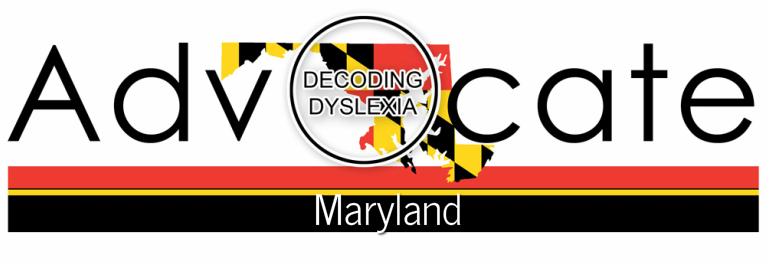
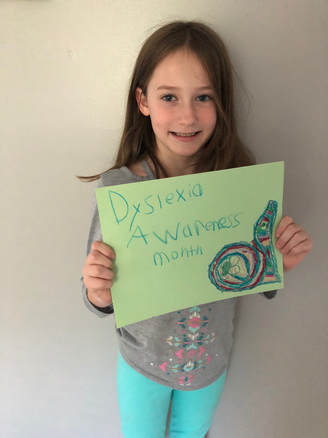
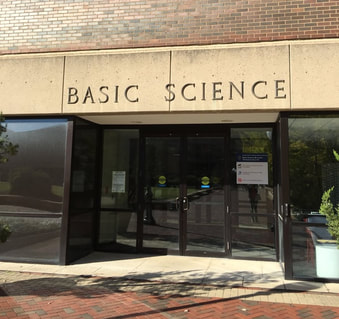
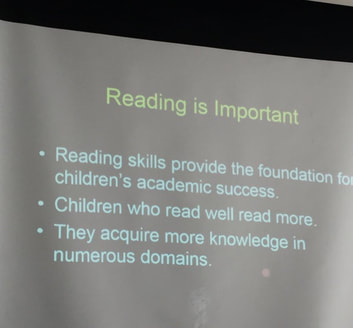
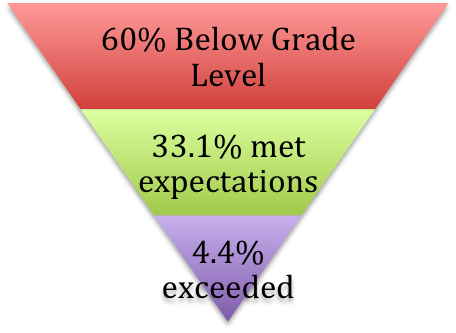
 RSS Feed
RSS Feed